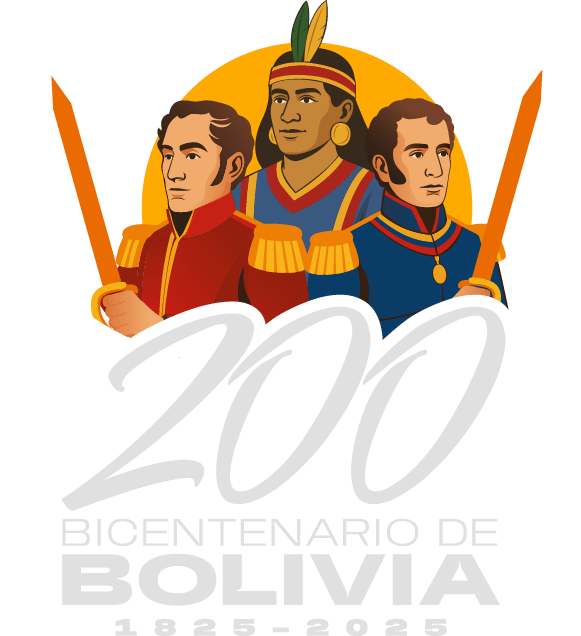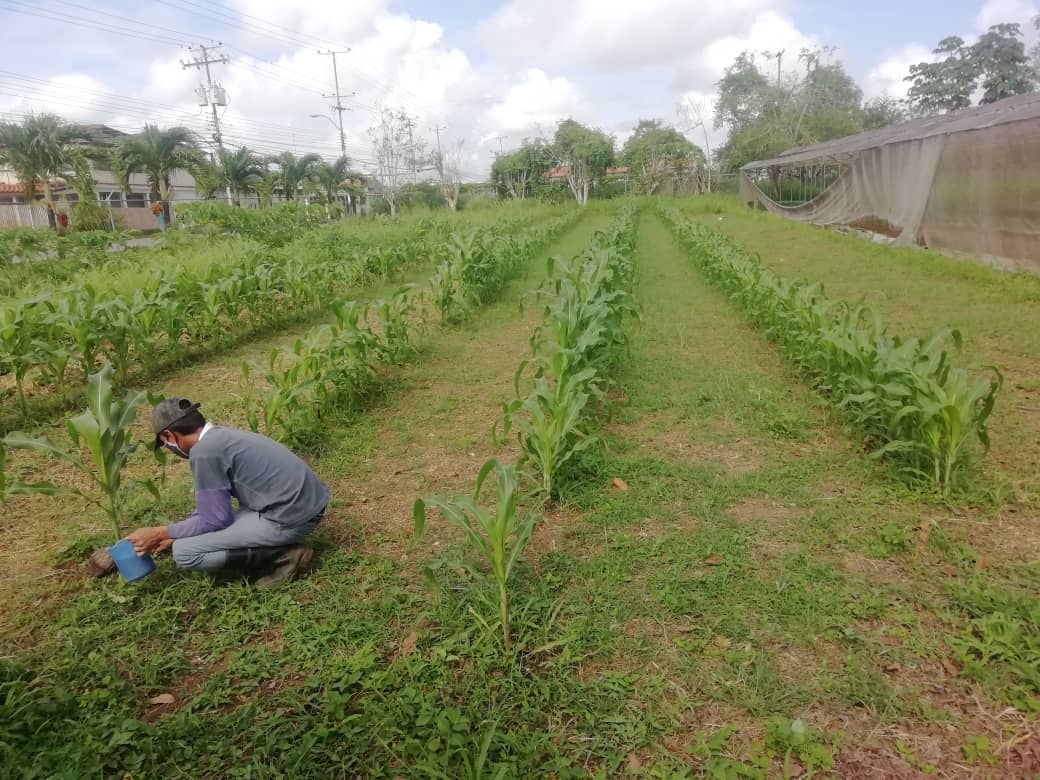Caracas, November 8, 2023 (Mincomunas Press) – This 2023, more than 240 community members from different municipalities of Monagas state participated in a training program to recover and promote the ancestral practice of polyculture in small plots of land to increase local food production, protecting soil biodiversity, reducing pest attacks and reducing the use of synthetic fertilizers.
Reinaldo Rojas, agronomist engineer and coordinator of this training program, organized by the Social Production Unit (UPS) Bosques de Santa Ines, in Maturin, explained that the polyculture technique allows increasing the microbial diversity of agricultural land and this is directly related to greater productivity and plant health.
“Our UPS is focused on theoretical training, practice, and learning in the field. This agroecological program aims at small producers with less than one hectare of land. The purpose is to plant two, three, or even four crops in small land extensions, in crops. The idea is to multiply the crop, not the areas,” said Rojas.
The researcher added that polyculture is an ancestral system that can reduce synthetic fertilizers in a given soil by 90 to 100 %, depending on the soil conditions.
“We promote the mechanized crop. With monoculture, the farmer does not produce food to recover the caloric expenditure generated by all his planting and harvesting. The polyculture protocol begins with the planting of corn because it generates energy and carbohydrates. Then comes the bean, which gives us nitrogen and organic matter for the soil, another carbohydrate. Then comes sweet potato, which is protein and carbohydrate. Then, pumpkin and, finally, yucca. So, after 60 days, the farmer begins to harvest corn, then at 90 days, beans or black beans, at 100 days, he harvests sweet potato, then after 120 days, pumpkin, and in the sixth month, he harvests yucca. The crop then provides food for the farmer and his family,” the facilitator explained.
The spokesperson for the UPS Bosques de Santa Inés pointed out that, with polyculture, the soils are constantly covered and protect their microorganisms, which allows them to make available to the plants, essential minerals such as nitrogen, phosphorus, potassium, calcium, magnesium, zinc, manganese, copper, among many others.
“We have shared information with community members from the municipalities of Santa Barbara, Ezequiel Zamora, Caripe, Aragua de Maturin, Cedeño, and Maturin in Monagas state. We talked to the people about recovering the crop because it is ours. For 500 years the conuco was maintained, and the people lived off it. There was consumption there. There was no money to go out and buy things. There was no need for money. They worked and ate from their land. The soil is humus. Human comes from the terminology humus, which is soil. In the workshops, we transmit this: humanity is the soil that walks. We have been carrying out this experience for two years now; it has had good results. We unite science and technology with the ancestral because they cannot separate. We want to give them access to science, but always from their cosmovision, their territory,” said Rojas.
In this sense, Rojas stated that in Monagas state, there are more than three thousand farmers with less than one hectare of land, so there is still a lot of work to guide and train these and other small producers in agroecological matters.
Crop seed
Reinaldo Rojas, agronomist, and facilitator, indicated that another important part of the agroecological training workshop for community members is the rescue and multiplication of native seeds.
“We made a mix because of the genetic condition. Here in Monagas, they like yellow corn for human and animal consumption. The National Agricultural Research Institute (INIA) gave us 40 kilos of corn seed to assist 900 producers in the Monagas Crop Plan distributed in the municipalities where it was needed. We also created 1,000 kilos of white bean seed and gave it to farmers with half a hectare. We are making peasant seeds for the farmers. We are doing the whole protocol from the agroecological point of view to generate conuco seeds and thus interrelate with the other communities in the region”, he added.
Rojas added that the Social Production Unit (UPS) Bosques de Santa Ines has 10 hectares of land, five destined for seed multiplication with drip and sprinkler irrigation systems.
“For this year’s closing, we want to make a crop seed plan that must be done six months before planting. By May, we must have all the seeds. Now, we are harvesting corn and beans. We must plant and harvest again in March to have a volume of crop seed to meet local demand. The goal is to expand with the multiplication of creole seed and take it to all the farmers in the country,” he emphasized. (Text: Karina Depablos).



